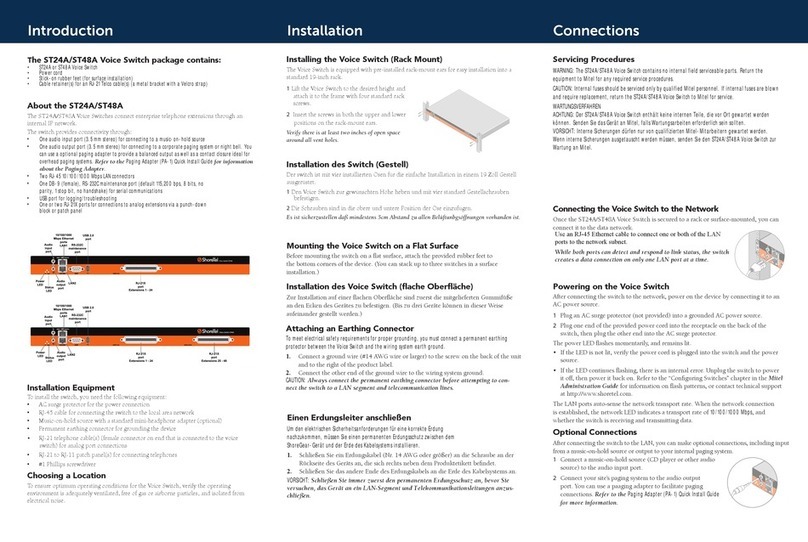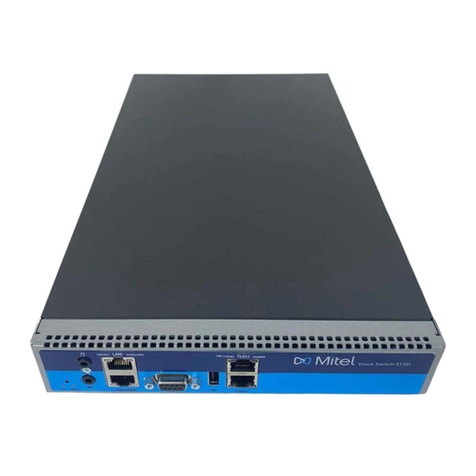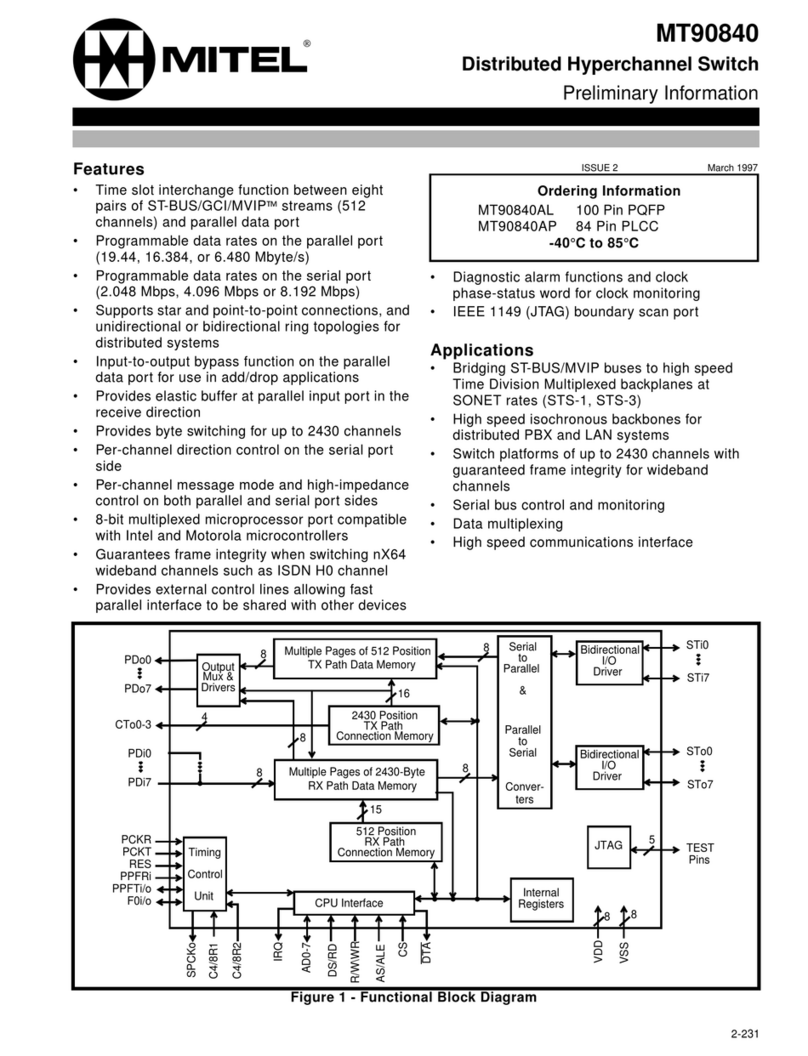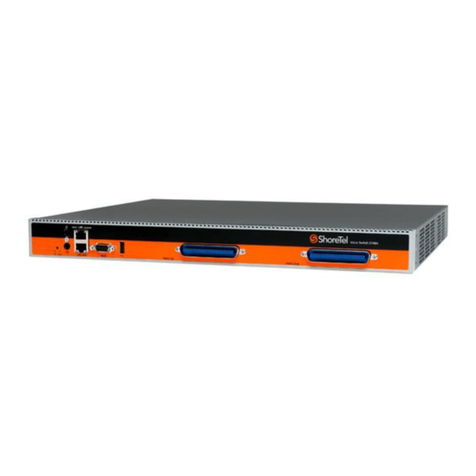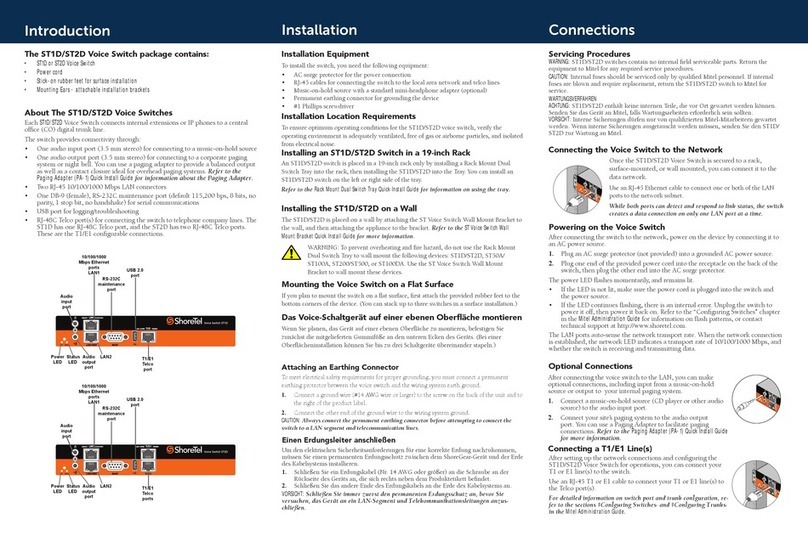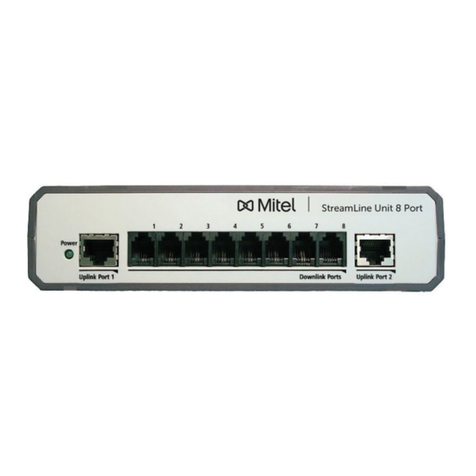MlTEL
STANDARD
PRACTlCE
PNI
91 O-21
7-350~003-NA
SECTION
MITLSI
OS/91
1
O-096-350-NA
Issue 3, May 1984
(
sx-100”/sx-200”
SUPERSWITCH”
ELECTRONIC PRIVATE
AUTOMATfC
BRANCH EXCHANGE
TROUBLESHOOTING
GENERIC 217
CONTENTS
PAGE
l.GENERAL
..........................................
1
Introduction .......................................
1
Reason for Reissue ................................. 2
The
SUPERSET
3TM
and
SUPERSET
qTM
Sets ............... 2
Basic Troubleshooting Philosophy ...................... 2
c.
.
2. CIRCUIT CARD AND MAINTENANCE PANEL AIDS ........... 2
CardShelf
......................................... 2
IPC Card ........................................... 3
Scanner Card ...................................... 3
Tone Control Card .................................. 5
Console Control Card (Basic) .......................... 9
Console Control Line and Data
LEDs
.................... 9
Remote Control RMAT .............................. 10
Receiver Card ...................................... 10
TrunkCard
...................................... .
10
Standard Line Card .................................
11
The
SUPERSETTM
Line Card ...........................
11
RAC
.............................................
11
Maintenance Panel .................................
11
Cards External to the Shelf .......................... 13
The SX-200 Interconnect Card ........................ 13
The SX-200 Power Fail Transfer Card ................... 15
The Console Interface Card .......................... 15
Shelf Backplane ...................................
15
3. CONSOLE AND TEST LINE MAINTENANCE FUNCTIONS ....... 19
Console Maintenance Functions ......................
19
ALARM RESET Button ............................... 22
IDENT
Button ..................................... 22
Error Codes ....................................... 23
Power Fail Transfer Switch ........................... 23
Test Line Functions ................................ 23
Direct Trunk Access ................................ 24
To Busy and Clear Busy-Out Receivers and Speech Paths . . 25
Clear All Errors ..................................... 25
Select a Speech Path and/or a Receiver ................ 25
Slot Initialization Activate ........................... 26
Forced Trunk Release ............................... 27
Copyright of MITEL Corporation 1984
TM
-
Trademark of MITEL Corporation
@‘Registered Trademark of MITEL Corporation
. .
I












